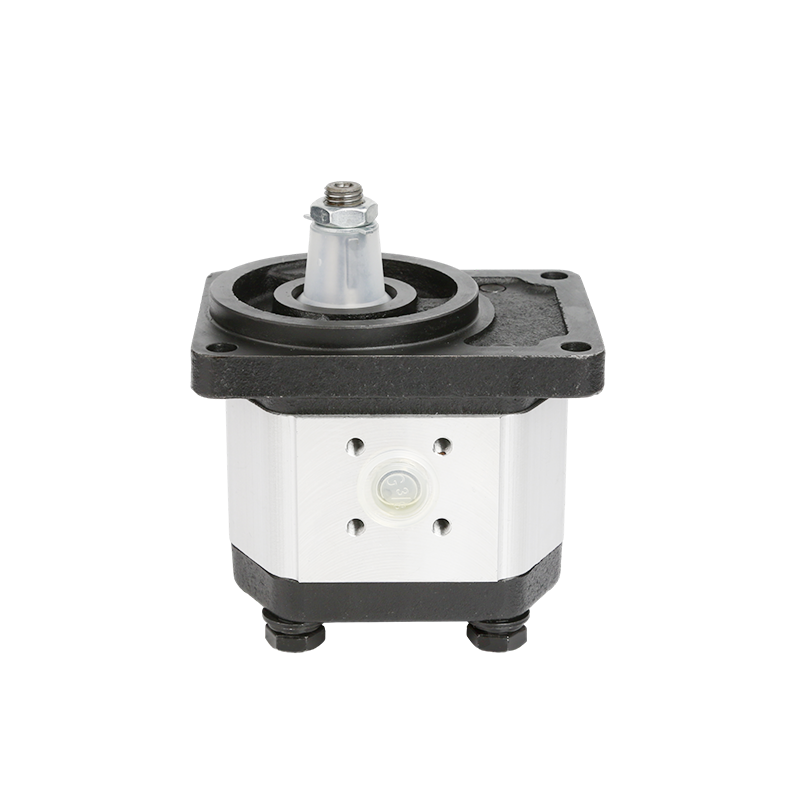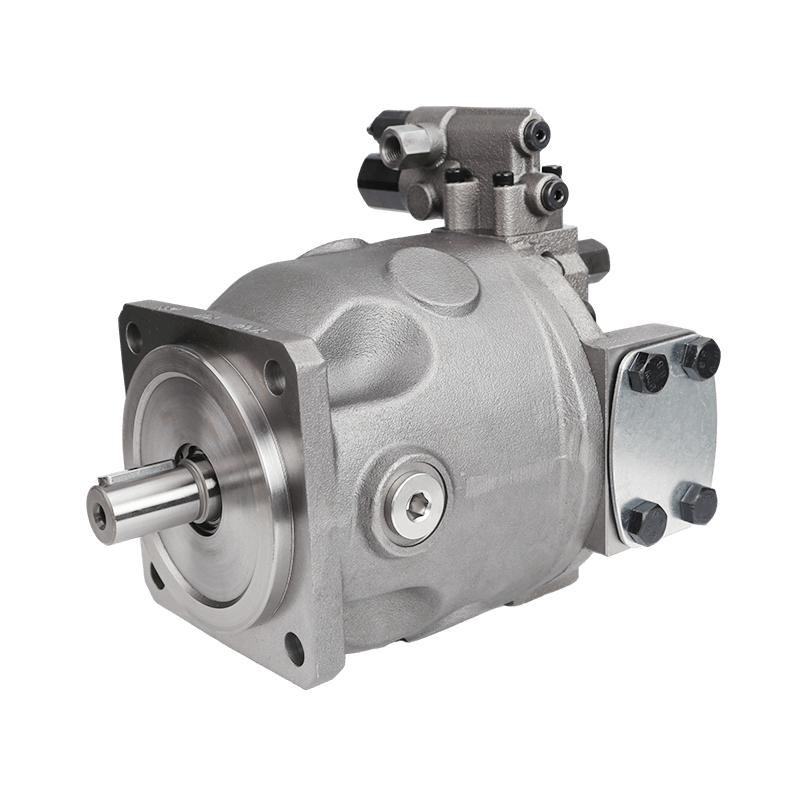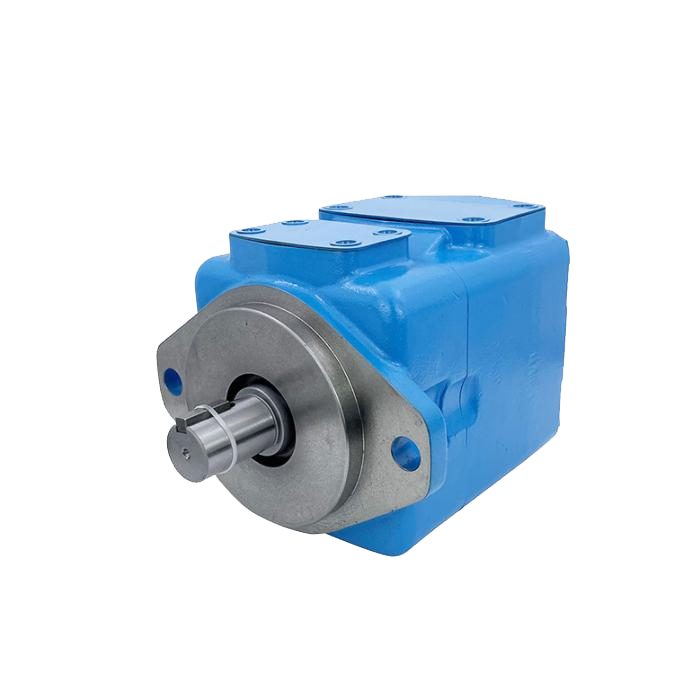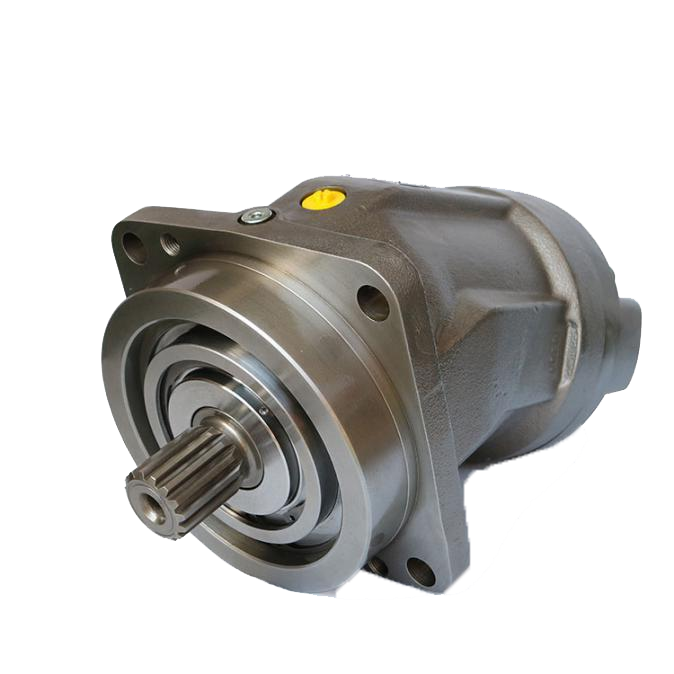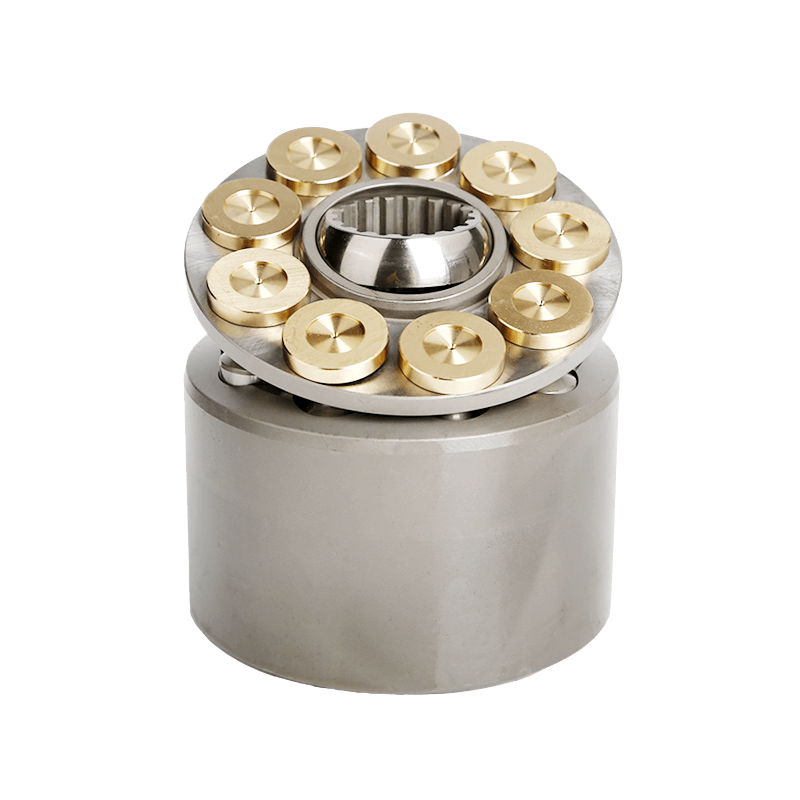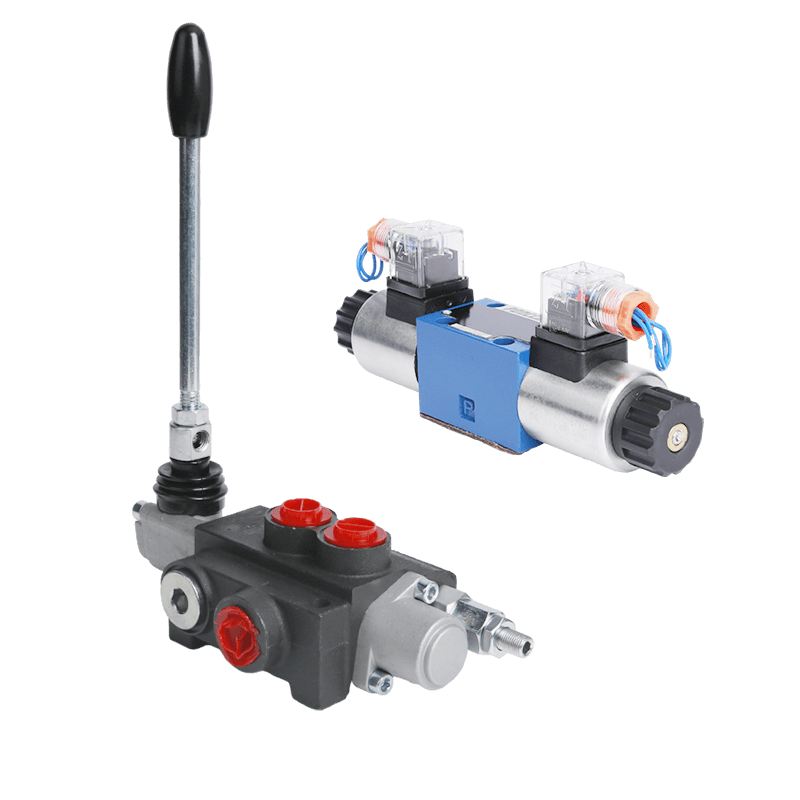What is a Hydraulic Pump?
A hydraulic pump is a mechanical device that converts mechanical energy into hydraulic energy by generating flow with sufficient force to overcome pressure induced by the load. It is a critical component in hydraulic systems, enabling fluid power transmission for machinery.

Typical Types of Hydraulic Pumps
There are three general classes of hydraulic pumps. Gear pumps are sturdy and simple. They are inexpensive and simple to produce a large quantity. Vane pumps provide smooth travel for medium pressure use, like in certain automobiles. Piston pumps are used for high-pressure use, like heavy machinery, where control is critical. All three are prone to hydraulic pump failure.

Signs Your Hydraulic Pump is Failing
Spotting hydraulic pump failure early saves time and money. Pumps show clear signs when they are not working right. This section covers hydraulic pump failure symptoms and why catching them early matters.
Key Hydraulic Pump Failure Symptoms
Hydraulic pump failure symptoms include loss of pressure, making machines weak. Strange noises, like whining or grinding, signal trouble. Overheating is another sign, where the pump feels too hot. Fluid leaks around seals or hoses are common too. Machines may move slowly or jerkily. These issues show hydraulic pump failure.
Why Early Diagnosis Matters
Catching hydraulic pump failure symptoms early stops bigger damage. Ignoring issues can lead to broken parts or stopped machines, costing a lot to repair. Early checks help find causes of hydraulic pump failure, like leaks or bad fluid. Fixing these quickly keeps equipment running. It also avoids long downtime in factories or farms. Hydraulic pump failure analysis starts with noticing these signs.
Common Causes of Hydraulic Pump Failure

Knowing what causes hydraulic pump failure helps prevent and fix issues. Pumps fail for a few main reasons, which can harm machines. This section explains these causes clearly.
Contaminated Hydraulic Fluid
Dirty fluid is a top cause of hydraulic pump failure. Dust, debris, or water in the fluid can scratch or clog pump parts. This damages gears or pistons inside. Contaminated fluid leads to hydraulic pump failure symptoms like noise or weak power. Regular fluid checks stop this issue. Cleaning or replacing fluid is part of how to fix a hydraulic pump. Keeping fluid clean ensures pumps last longer and work better in any system.
Cavitation
Cavitation happens when air bubbles form in the fluid. These bubbles burst, causing tiny shockwaves that erode pump surfaces. This creates noise and reduces power. Low fluid levels or blocked inlet lines often cause cavitation. It is a key factor in what causes hydraulic pump failure. Fixing cavitation is part of how to fix hydraulic pump problems. Checking fluid levels and clearing blockages stops this issue, keeping pumps healthy during hydraulic pump failure analysis.
Overheating
Overheating damages pumps when they run too hot. Poor cooling, heavy loads, or wrong fluid thickness cause this. Hot fluid can burn seals or warp parts, leading to hydraulic pump failure. Overheating is a common cause of hydraulic pump failure seen in hydraulic pump failure analysis. To fix it, clean cooling parts and check fluid type. Knowing how to fix a hydraulic pump includes keeping the pump cool to avoid costly breakdowns in machines.
Wear and Tear
Over time, pump parts like seals, gears, or pistons wear out. This natural wear causes leaks or weak performance. It is a major factor in what causes hydraulic pump failure. Old seals may crack, letting fluid escape. Worn gears reduce power. Regular checks catch these issues early. Replacing worn parts is key to how to fix a hydraulic pump. Hydraulic pump failure analysis shows wear and tear as a common problem, but maintenance can prevent it.
Step-by-Step Hydraulic Pump Troubleshooting Guide

Fixing a hydraulic pump requires a methodical approach. This guide walks beginners through practical troubleshooting steps — from safety checks to diagnosing and resolving common faults — ensuring your system stays efficient and reliable.
1. Check for Leaks: Detect Damaged Seals or Loose Fittings
Before anything else, visually inspect the system for fluid leaks. Look around fittings, hoses, and seals for wet spots or pooling fluid. Leaks often result from cracked seals, worn gaskets, or loose connections. Replacing O-rings or tightening fittings may solve the issue quickly.
2. Ensure Proper Fluid Level and Viscosity: Maintain Correct Flow and Pressure
Low or incorrect hydraulic fluid can cause loss of pressure, cavitation, or even pump failure. Check the fluid reservoir regularly. Make sure the fluid is clean and matches the manufacturer’s recommended viscosity to ensure smooth operation.
3. Reduce Pump Speed: Prevent Overheating and Wear
Running the pump at excessively high speeds can cause overheating and shorten its lifespan. Monitor operating speed and adjust if necessary. A slower pump speed reduces friction and heat buildup, especially important during prolonged operation or in high-load systems.
4. Check for Wear: Inspect Gears, Pistons, and Seals
Internal wear is a common cause of reduced pump performance. Inspect components such as pistons, rotors, gears, and seals for signs of wear, scoring, or deformation. If parts are damaged or worn, replace them with quality components from a reliable hydraulic parts supplier.
Preventing Future Hydraulic Pump Failures
Regular Maintenance Tips
Check fluid and filters every few months to keep them clean. Look at seals for wear and replace them early. Watch the pump’s temperature to catch overheating. These habits stop what causes hydraulic pump failure. They are part of hydraulic pump failure analysis for prevention.
Choosing Quality Replacement Parts
Good parts make pumps last longer. Use trusted seals, gears, or filters from wholesale hydraulic pump parts products. Poor parts wear out fast, causing hydraulic pump failure. With over 20 years of experience, POOCCA provides high-quality gear pumps, piston pumps, and vane pumps at factory prices. Their 12-month guarantee and fast delivery ensure reliable performance. Choosing strong parts is key to how to fix a hydraulic pump. It stops hydraulic pump failure symptoms from coming back quickly.
Complex Repairs You Shouldn’t DIY
If the pump’s insides are damaged, like broken gears or pistons, don’t fix it yourself. Repeated hydraulic pump failure or whole-system issues need experts. These problems are tricky and risky. Hydraulic pump failure analysis shows complex repairs need special tools.
Where to Find Reliable Hydraulic Pump Parts & Support
Getting good parts and help is key to fixing pumps. This section explains where to find trusty supplies. It also includes a call to action for custom solutions. Using wholesale hydraulic pump parts products ensures pumps stay strong, preventing hydraulic pump failure.
Why Choose POOCCA?
POOCCA offers custom pumps, motors, and valves with fast shipping and a 12-month warranty. They specialize in gear, piston, and vane pumps for factory needs. Their parts, like those in wholesale hydraulic pump parts products, are built to last. This helps stop hydraulic pump failure.
Need a custom fix for your hydraulic system? Contact POOCCA at https://www.kamchau.com/ today for expert help. They offer branded parts, unique designs, or bulk orders at great prices. Keep your machines running strong with their solutions. Hydraulic pump failure can stop work, but POOCCA’s quality parts and fast service prevent issues. Reach out now to learn how to fix a hydraulic pump with the best support and avoid hydraulic pump failure symptoms in the future.

